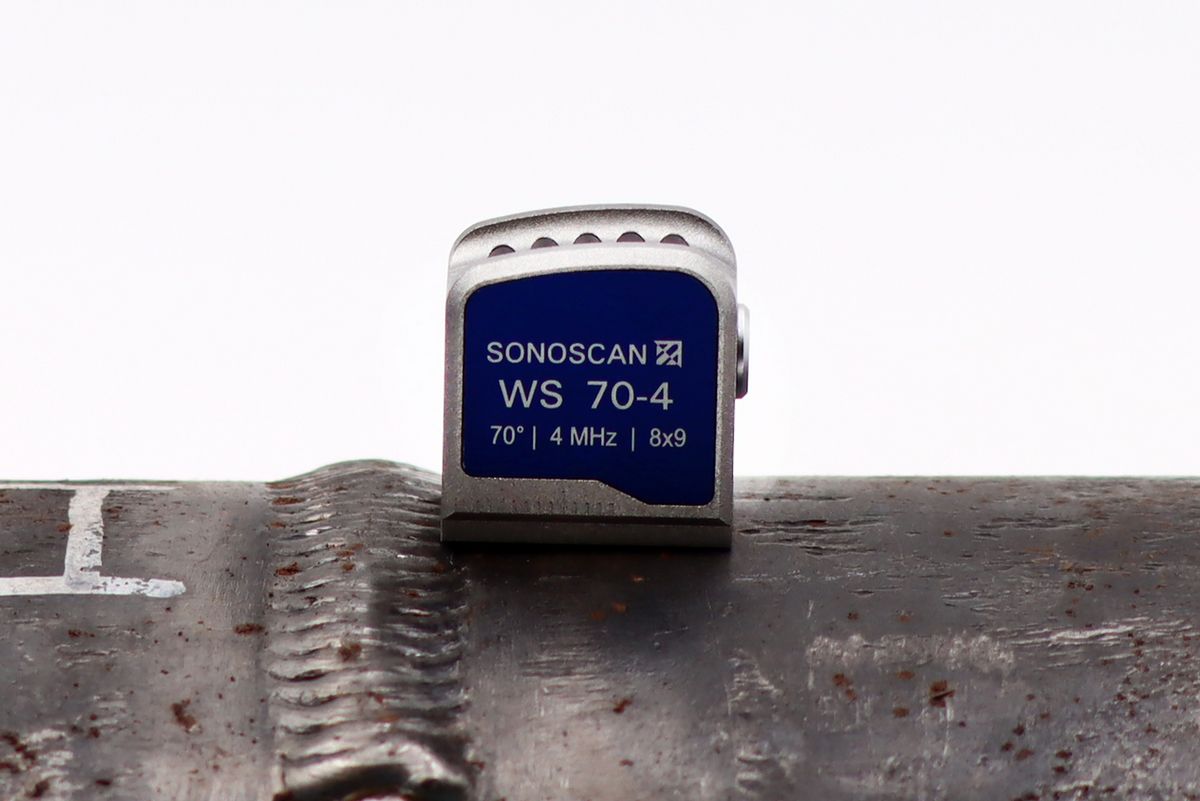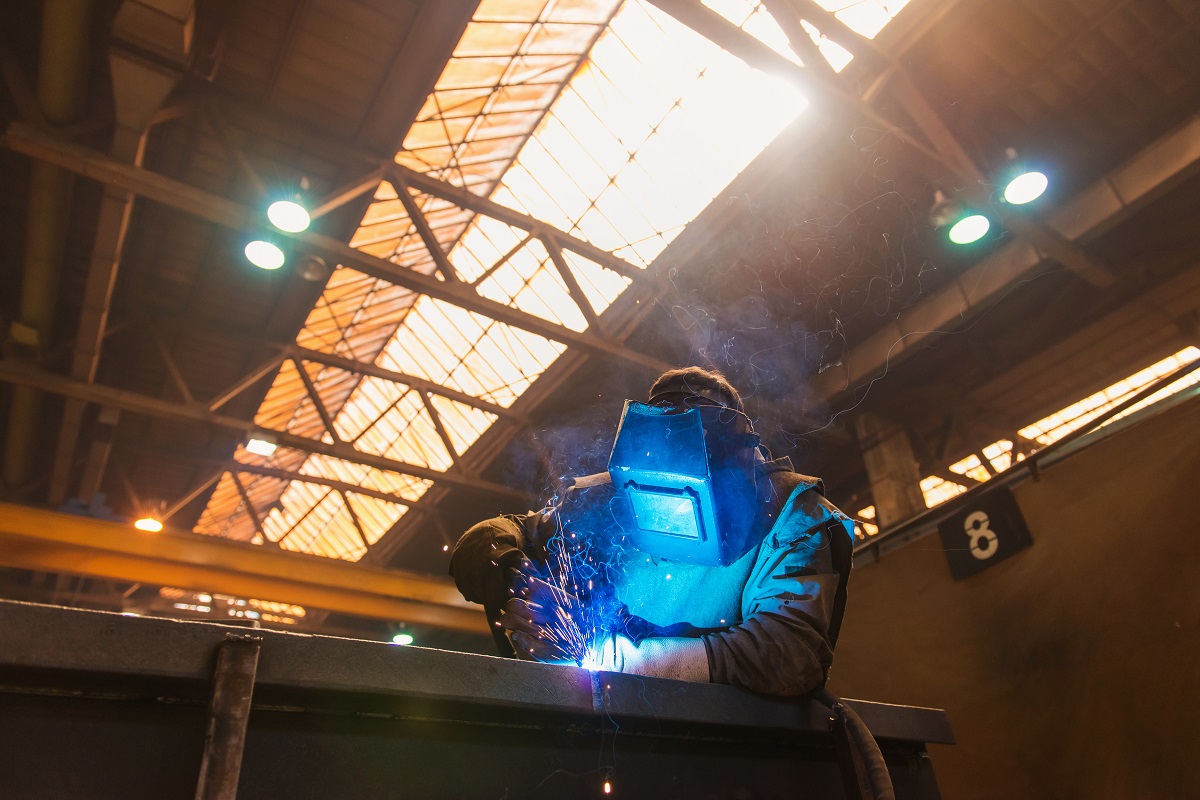Preventing Weld Undercut Made Easy: Key Techniques Introduced
Preventing Weld Undercut Made Easy: Key Techniques Introduced
Blog Article
Recognizing the Causes and Solutions for Undercut Welding in Metal Construction Procedures
In the realm of steel fabrication processes, the incident of undercut welding positions a considerable difficulty that requires a thorough understanding of its reasons and sensible options. The complex interaction of numerous aspects throughout welding operations can result in this undesirable sensation, influencing the architectural integrity and general top quality of the bonded joints - Preventing weld undercut. By exploring the root creates of undercut welding and exploring reliable remedial procedures, producers can boost the requirement of their handiwork and ensure the manufacturing of remarkable metal components
Typical Sources Of Undercut Welding
Often neglected in steel manufacture, undercut welding happens because of numerous elements that demand thorough focus and experience to be efficiently reduced. One typical source of undercut welding is too much heat input. When the warm input is too high, it can result in the melting and succeeding disintegration of the base material along the sides of the weld joint, developing a groove or undercut. In addition, improper welding methods, such as using the wrong welding angle or take a trip speed, can likewise add to undercut formation. Inadequate shielding gas insurance coverage is another essential variable that can cause undercutting. Inadequate gas insurance coverage fails to safeguard the weld swimming pool properly, resulting in oxidation and undercut issues. The choice of welding specifications, such as voltage, present, and cord feed rate, plays a substantial role in the occurrence of undercut welding. Recognizing these typical causes is important for executing preventative procedures and guaranteeing top notch welds in steel fabrication processes.
Impact of Incorrect Welding Parameters
Inaccurate welding specifications can dramatically compromise the stability and top quality of bonded joints in steel manufacture procedures. The effect of wrong welding parameters shows up in numerous means, leading to structural weaknesses and issues in the welded parts. Careful focus to welding criteria is vital to ensure the manufacturing of high-grade welds with the wanted mechanical residential or commercial properties and structural honesty.
Impact of Improper Lantern Angle
Improper lantern angle in welding procedures can significantly impact the top quality and integrity of the last weld joints in steel fabrication processes. The lantern angle plays an essential duty in establishing the warm input and distribution during welding. When the lantern angle is incorrect, concerns such as damaging can occur. Undercutting is a common welding defect where a groove forms along the weld toe, deteriorating the joint and compromising its structural stability.
A lantern angle that is as well high can bring about inadequate infiltration, incomplete blend, and boosted spatter. On the various other hand, a lantern angle that is too superficial can cause too much penetration, burn-through, and distortion of the base product. Preventing weld undercut. Proper torch angle is vital for ensuring constant weld top quality, toughness, and look
To avoid damaging and other issues brought on by improper torch angles, welders must be trained to preserve the right lantern angle throughout the welding process. Regular surveillance and adjustment of lantern angles during welding can help achieve audio welds with minimal flaws.
Role of Inadequate Welding Strategies

Another facet of poor welding strategies is improper weld prep work. Inadequate cleansing of the base metals, wrong joint layout, or inadequate edge prep work can all add to damage welding. Insufficient protecting gas coverage or utilizing Homepage the wrong type of gas can result in insufficient blend and the development of undercut issues.
To attend to the role of poor welding strategies in metal fabrication procedures, it is important to give detailed training for welders. Appropriate education on welding parameters, joint preparation, and shielding gas option can aid protect against undercut welding and make sure premium welds in metal construction projects.
Efficient Solutions for Undercut Welding
Addressing undercut welding in steel fabrication calls for executing effective options to boost weld top quality and structural honesty. One of the key services to fight undercut is to change welding parameters such as voltage, existing, and travel speed to ensure appropriate warmth input and combination. By fine-tuning these setups, welders can avoid too much melting of the base metal and filler product, reducing the probability of undercut formation.
Furthermore, appropriate joint preparation is essential in protecting against undercut. Making sure clean base steel surfaces devoid of impurities and making use of the proper bevel angle can assist promote far better weld infiltration and decrease the risk of undercut - Preventing weld undercut. Using appropriate welding techniques, such as weaving or oscillating the lantern, can also help in dispersing heat uniformly and filling up the weld joint sufficiently, reducing the opportunity of undercut problems
Moreover, choosing the appropriate welding consumables, consisting of electrodes and filler metals, is vital in alleviating undercut. Making use of products with suitable chemical make-ups and mechanical residential or commercial properties can add to achieving sound welds with minimal undercut. Routine evaluation and high quality control measures ought to likewise be executed to discover and resolve undercut concerns immediately, guaranteeing the overall stability of made steel components.

Verdict
To conclude, understanding the causes and services for undercut welding in steel construction processes is crucial for accomplishing top quality welds. By addressing typical causes such as wrong welding specifications, improper lantern angle, and poor welding techniques, welders can prevent undercutting and ensure strong, durable welds. It is vital to focus on these elements and implement reliable services to improve the overall welding process and end product high quality.

Report this page